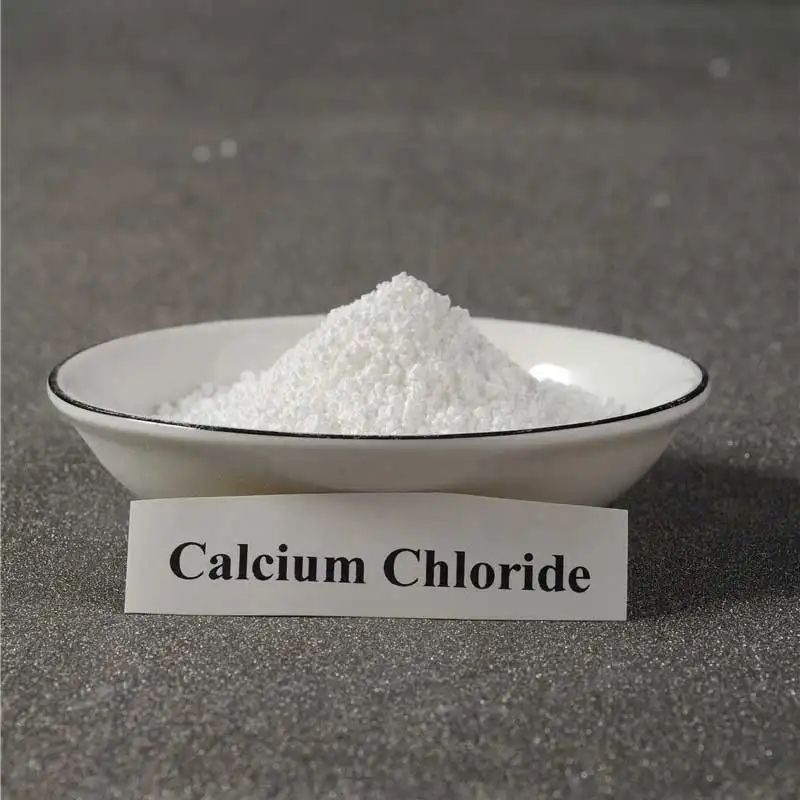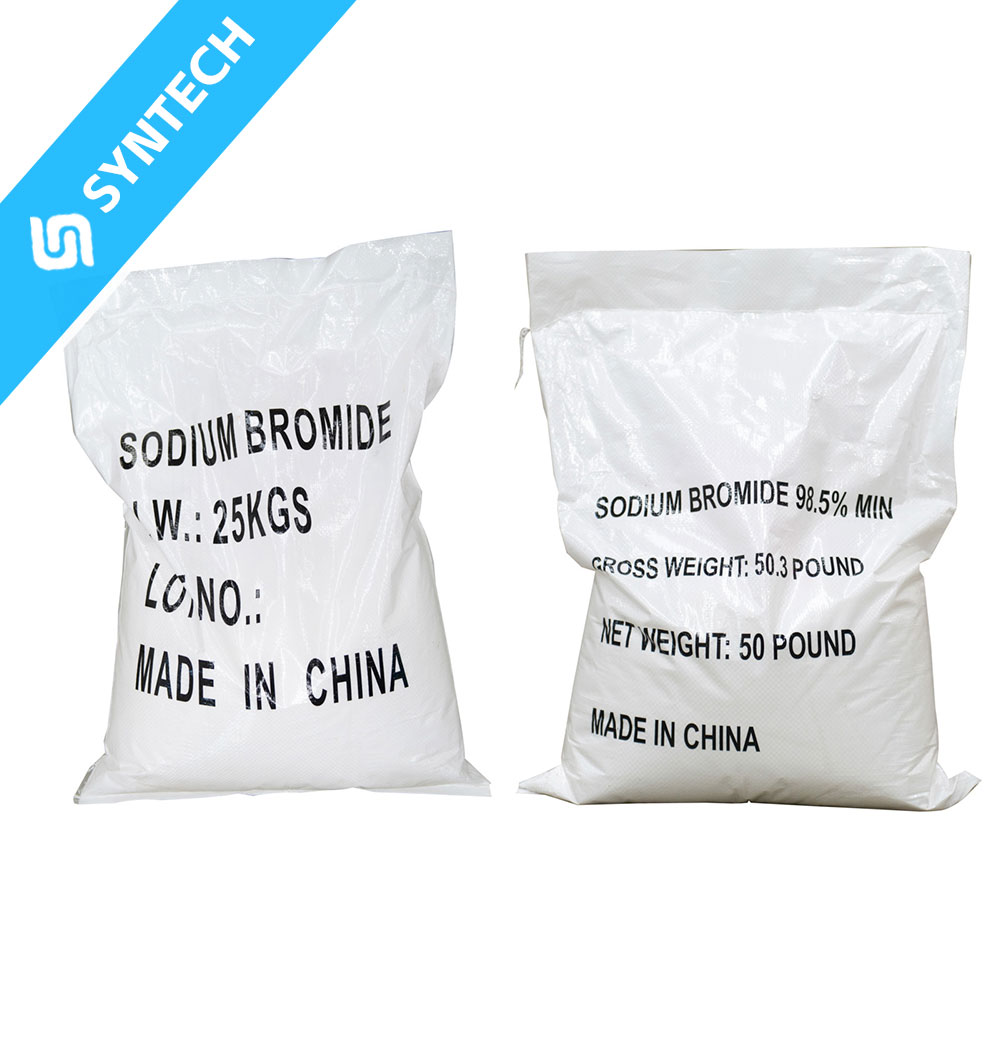Below are specific application cases of Sodium Methallyl Sulfonate in the oilfield industry, covering key fields such as drilling fluids, oil displacement agents, and water treatment. These cases demonstrate its performance advantages and technological innovations in practical scenarios:
I. Application of Sodium Methallyl Sulfonate in Drilling Fluid Systems
1. High-Temperature and High-Density Drilling Fluid for Ultra-Deep Wells in the Tarim Oilfield
- Challenges: Ultra-deep wells in the Tarim Basin (e.g., Luntan-1 Well with a depth of 8882 meters) face issues such as ultra-high temperatures (above 180°C), high-pressure saltwater formations, and hydration swelling of shale. Conventional polymers tend to degrade and lose effectiveness.
- Solution:
- A terpolymer system of sodium methallyl sulfonate, acrylamide (AM), and acrylic acid (AA) was adopted to form a temperature-resistant and salt-tolerant fluid loss reducer (e.g., SMC).
- Formulation optimization: 4% SMC was added to the saltwater drilling fluid, combined with 6% SPNH (sulfonated phenol-formaldehyde resin) and 2.5% RHJ-3 (plugging agent), forming a system with a density of 2.0 g/cm³.
- Results:
- The fluid loss was controlled below 5 mL (per API standards), and the viscosity retention rate exceeded 80% after high-temperature aging.
- The high-pressure saltwater formation was successfully drilled through, with a stable wellbore and no stuck pipe accidents. The drilling cycle was shortened by 15%.
2. Anti-Collapse Drilling Fluid for the Bohai Oilfield
- Challenges: Unconsolidated sandstone reservoirs in the Bohai Oilfield are prone to collapse, and traditional polymers lack sufficient inhibition.
- Solution:
- A copolymer system of sodium methallyl sulfonate and 2-acrylamido-2-methylpropanesulfonic acid (AMPS) was introduced to enhance shale inhibition.
- Formulation: Sodium methallyl sulfonate:AMPS:AM = 1:2:5 (mass ratio), combined with 2% KCl and 1% asphalt-based anti-collapse agent.
- Results:
- The shale recovery rate increased from 50% to 85%, and the mud cake permeability was reduced to below 0.1 mD.
- After application in a well group, the borehole enlargement rate decreased from 18% to 8%, reducing risks in subsequent completion operations.
II. Synergistic Enhancement of Sodium Methallyl Sulfonate in Oil Displacement Agents
1. Deep Profile Control for High-Temperature and High-Salinity Reservoirs in the Bohai Oilfield
- Challenges: The main reservoirs in the Bohai Oilfield have temperatures of 80-100°C and a salinity of 10×10⁴ mg/L. Conventional polymers are prone to salting out and loss of effectiveness, resulting in low sweep efficiency.
- Solution:
- A terpolymer microsphere profile control agent of sodium methallyl sulfonate, AM, and AMPS was developed, which improves heterogeneity through a “plugging large pores without blocking small ones” mechanism.
- Formulation: 20% sodium methallyl sulfonate content, microsphere particle size of 50-100 μm, and a stepwise crosslinking process (organic zirconium + MBA) was used.
- Results:
- In field tests, the injection pressure increased by 2.5 MPa, the water cut decreased by 10.1%, and the cumulative oil increment of a single well group reached 21,000 tons.
- For heterogeneous cores with a permeability contrast >10, the oil recovery rate increased by 25.34%.
2. Salt-Tolerant Polymer Flooding for Tertiary Oil Recovery in the Shengli Oilfield
- Challenges: The Gudao Reservoir in the Shengli Oilfield has a salinity of 12×10⁴ mg/L, and conventional HPAM (partially hydrolyzed polyacrylamide) suffers severe viscosity loss.
- Solution:
- A salt-tolerant polymer compounded with sodium methallyl sulfonate and AMPS was adopted, leveraging the synergistic salt resistance of sulfonic acid groups.
- Formulation: Sodium methallyl sulfonate:AMPS = 3:7 (mass ratio), molecular weight of 1.5×10⁷ Da, and concentration of 2000 mg/L.
- Results:
- At 95°C and a calcium-magnesium ion concentration of 5296 mg/L, the viscosity retention rate reached 70% (compared to only 30% for HPAM).
- In field tests, the oil recovery rate increased by 12.8%, the daily oil increment per well was 15 tons, and the input-output ratio was 1:6.
III. Application of Sodium Methallyl Sulfonate in Water Treatment and Solid-Liquid Separation
1. Efficient Flocculation of Oily Wastewater
- Challenges: The oily wastewater from an offshore oilfield had an oil content of 500 mg/L, with a high proportion of emulsified oil, resulting in poor performance of traditional flocculants.
- Solution:
- An anionic flocculant copolymerized from sodium methallyl sulfonate and AA (sodium methallyl sulfonate:AA = 3:2) was used, with a molecular weight of 5×10⁵ Da.
- Process optimization: The pH was adjusted to 7.5, the dosage was 100 mg/L, and it was combined with 0.05% polyether demulsifier.
- Results:
- The oil content was reduced to below 30 mg/L, the suspended solid removal rate exceeded 95%, and the water quality met the reinjection standards.
- The treatment cost was 30% lower than that of traditional polyaluminum chloride (PAC), and the sludge volume was reduced by 25%.
2. Reuse Treatment of Fracturing Flowback Fluid
- Challenges: Fracturing flowback fluid from North American shale oil wells contains large amounts of polymers and suspended solids. Reuse requires efficient viscosity reduction and destabilization.
- Solution:
- A low-molecular-weight copolymer of sodium methallyl sulfonate and AMPS(molecular weight of 3×10⁵ Da) was used as a dispersant and viscosity reducer.
- Process: First, 0.2% sodium methallyl sulfonate-AMPS copolymer was added for gel breaking, followed by the addition of 150 mg/L cationic flocculant.
- Results:
- The viscosity decreased from 50 mPa·s to 5 mPa·s, the suspended solid removal rate exceeded 90%, and the reuse rate reached 80%.
- The treatment cost of flowback fluid per well was reduced by 40%, decreasing the consumption of fresh water.
IV. Special Scenarios and Technological Innovations
1. Imbibition Enhancement in Low-Permeability Reservoirs
- Challenges: The Ordos Basin’s low-permeability reservoirs have low imbibition efficiency, with waterflooding recovery rates of less than 20%.
- Solution:
- An imbibition agent based on the terpolymer of sodium methallyl sulfonate, AM, and AA was developed, which enhances rock hydrophilicity through sulfonic acid groups.
- Formulation: 15% sodium methallyl sulfonate content, concentration of 1000 mg/L, and pH adjusted to 8.0.
- Results:
- The core imbibition recovery rate increased from 8% to 22%, and the interfacial tension was reduced to 2.68×10⁻² mN/m.
- In field tests, the cumulative oil increment per well reached 300 tons, with an effective period of over 1 year.
2. Environmentally Friendly Completion Fluid for Offshore Oilfields
- Challenges: The South China Sea Oilfield has strict environmental requirements, and traditional oil-based completion fluids are prone to causing ecological pollution.
- Solution:
- A water-based completion fluid of sodium methallyl sulfonate, AM, and AMPS was developed, with a density of 1.2 g/cm³ and good compatibility.
- Formulation: 10% sodium methallyl sulfonate content, combined with 1% nano-silica and non-fluorescent lubricant.
- Results:
- The fluid loss was <3 mL, the core permeability recovery rate exceeded 90%, and it met environmental discharge standards.
- The completion fluid dosage per well was reduced by 20%, the operation cost was lowered by 15%, and no marine pollution incidents occurred.
Conclusion: Core Advantages and Application Value of Sodium Methallyl Sulfonate
- High-Temperature and Salt Resistance: It maintains stable performance under conditions of 180°C and a salinity of 20×10⁴ mg/L, far exceeding that of traditional polymers.
- Adjustable Molecular Structure: Through copolymerization with monomers such as AM, AMPS, and AA, it can be precisely tailored to meet the needs of scenarios including drilling fluids, oil displacement agents, and water treatment.
- Environmental Friendliness and Economy: Water-based systems reduce pollution; it has low dosage but significant effects, with an input-output ratio generally >1:5.
The wide application of sodium methallyl sulfonate provides key technical support for efficient oilfield development, cost reduction, efficiency improvement, and green transformation. It has irreplaceable advantages especially in high-temperature and high-salinity reservoirs, low-permeability tight reservoirs, and areas with strict environmental requirements.






